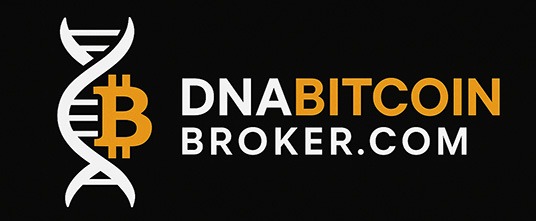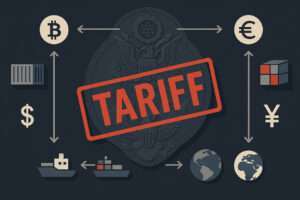“ETFs are the training wheels. Spot Bitcoin is the destination.” — DNA Crypto
A silent shift is taking place behind the scenes in European finance. It is not loud, speculative, or hyped.
It is steady, structured, and driven by the most conservative market participants: treasury companies, asset managers, regulated funds, and institutional allocators.
For the first time, Bitcoin is entering Europe through the front door of traditional finance.
Bitcoin ETFs, MiCA-compliant brokers, custodians, and treasury firms are building a new, regulated on-ramp for institutions that previously could not touch digital assets.
The revolution is not coming from retail.
It is coming from Europe’s financial infrastructure.
Why Treasury Firms Are Moving Toward Bitcoin
Treasury companies exist to protect capital, manage liquidity, and improve long-term financial resilience. They are risk-averse by design. So what changed?
1. Bitcoin ETFs normalised exposure
Once Bitcoin ETFs were approved in the U.S. and Europe, they created a benchmark: Bitcoin is now an acceptable, liquid, auditable financial instrument.
Explore this further in What Bitcoin ETFs Mean for Europe.
2. MiCA removed regulatory uncertainty
Europe’s new regulatory framework gives treasury companies what they need most: clarity.
Clarity on custody.
Clarity on reporting.
Clarity on capital requirements.
Suddenly, Bitcoin is no longer “unregulated crypto.” It is a structured asset with rules.
3. Bitcoin improves long-term treasury performance
Treasury managers have a simple mandate: preserve value.
But fiat currencies are losing purchasing power across the EU.
Bitcoin’s scarcity, global liquidity, and 15-year track record offer a hedge that bonds and cash simply cannot.
4. Bitcoin behaves differently from traditional assets
Bitcoin is uncorrelated during key macro cycles.
This makes it an attractive hedge within multi-asset treasury portfolios.
The ETF Doesn’t Replace Buying Bitcoin — It Introduces It
Most treasury firms begin with ETFs — but eventually transition to:
-
Direct Bitcoin holdings
-
OTC accumulation
-
Institutional custody
-
Cold-storage reserves
-
Structured acquisition plans
-
This mirrors the journey we’ve outlined in multiple educational pieces, including The Institutional Bitcoin Playbook and Why Institutions Prefer OTC Trading.
ETFs are the entry ramp.
Spot Bitcoin is the roadmap.
How Treasury Firms Use Bitcoin Today
Across DNA Crypto’s institutional inquiries and European industry sentiment, the same patterns emerge:
-
– 1–3% strategic allocation
-
– Quarterly rebalancing
-
– Cold-storage reserves via insured custodians
-
– BTC used as an inflation hedge
-
– BTC used as a liquidity diversification tool
-
– BTC allocated during macro stress periods
Treasury desks are not chasing hype.
They are designing structured policies.
For more on structured Bitcoin allocation, visit our insights on Discreet Bitcoin Adoption.
Why This Matters
Europe’s Bitcoin adoption curve will not look like the U.S.
It will be more conservative, regulated, and institution-led.
-
– Treasury firms are the bridge
-
– Bitcoin ETFs are the catalyst
-
– Spot Bitcoin reserves are the destination
The quiet revolution is already underway, and Europe’s financial system will not look the same by 2030.
Image Source: Adobe Stock
Disclaimer: This article is for informational purposes only and does not constitute legal, tax, or investment advice.












